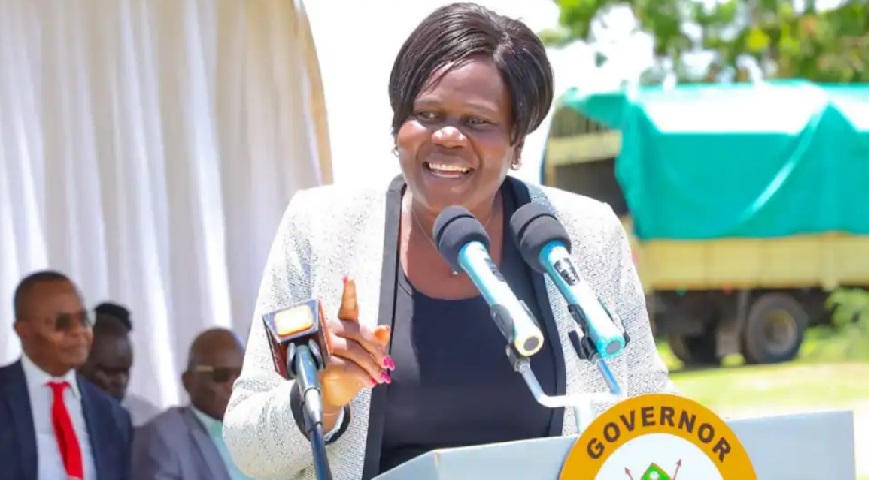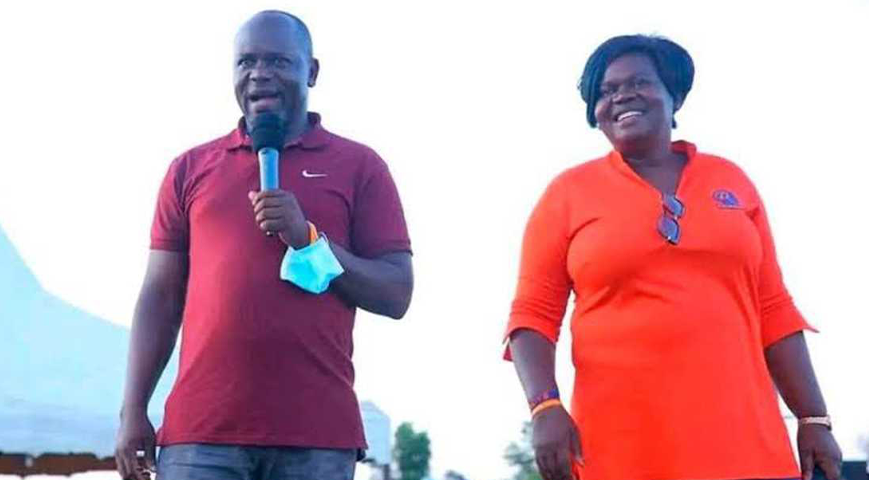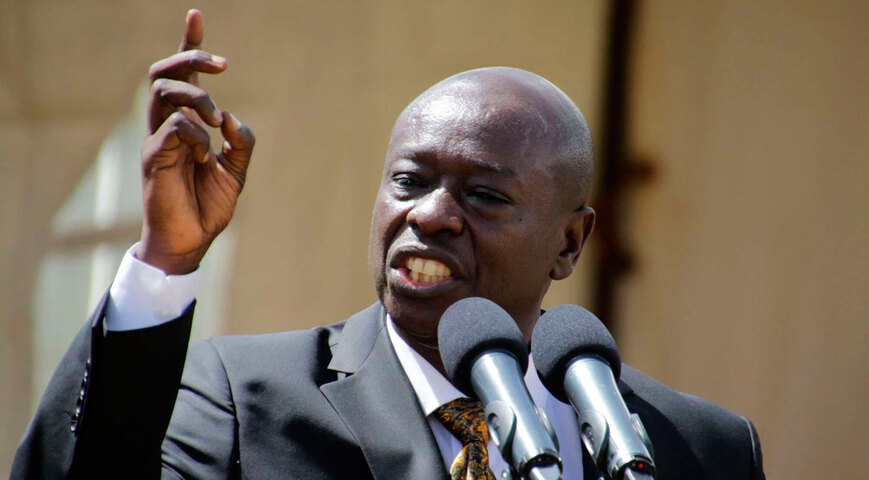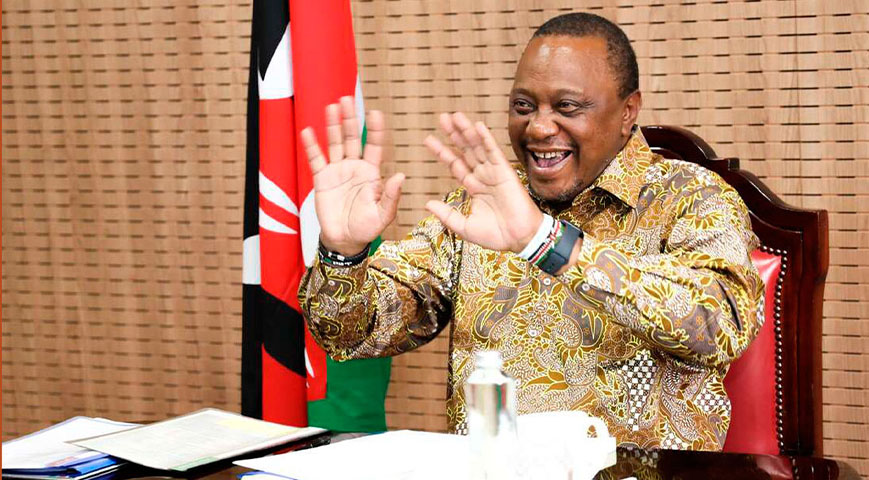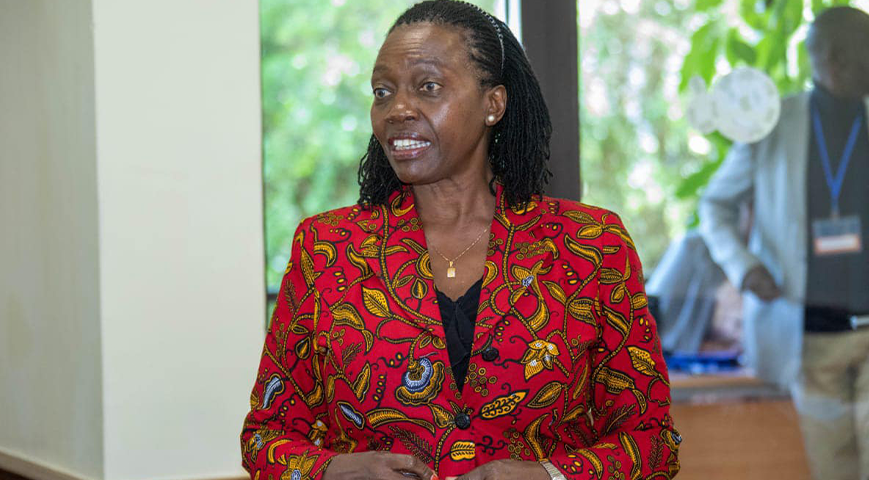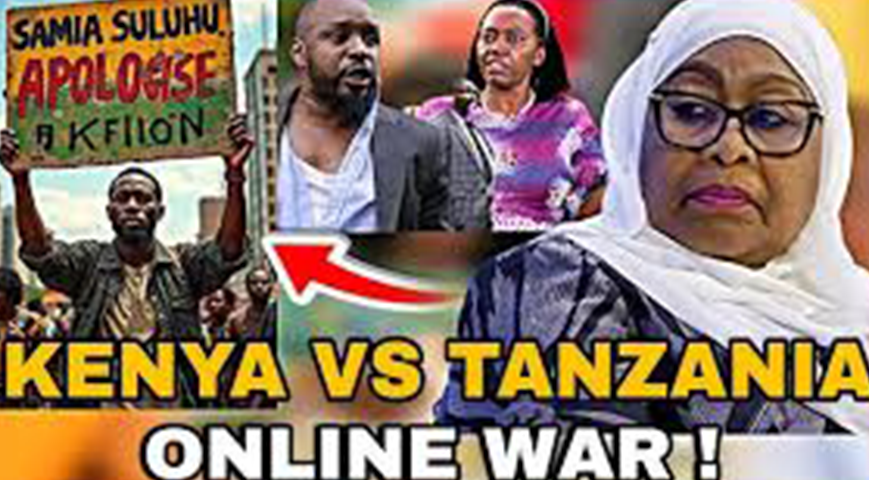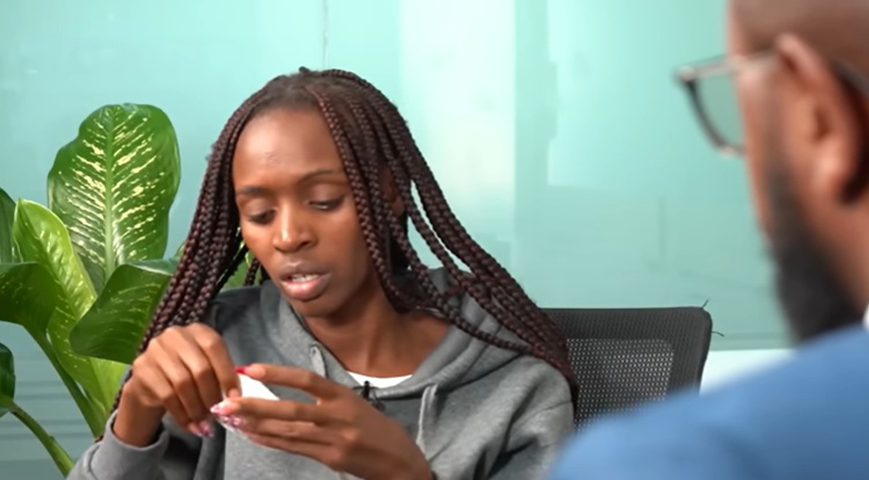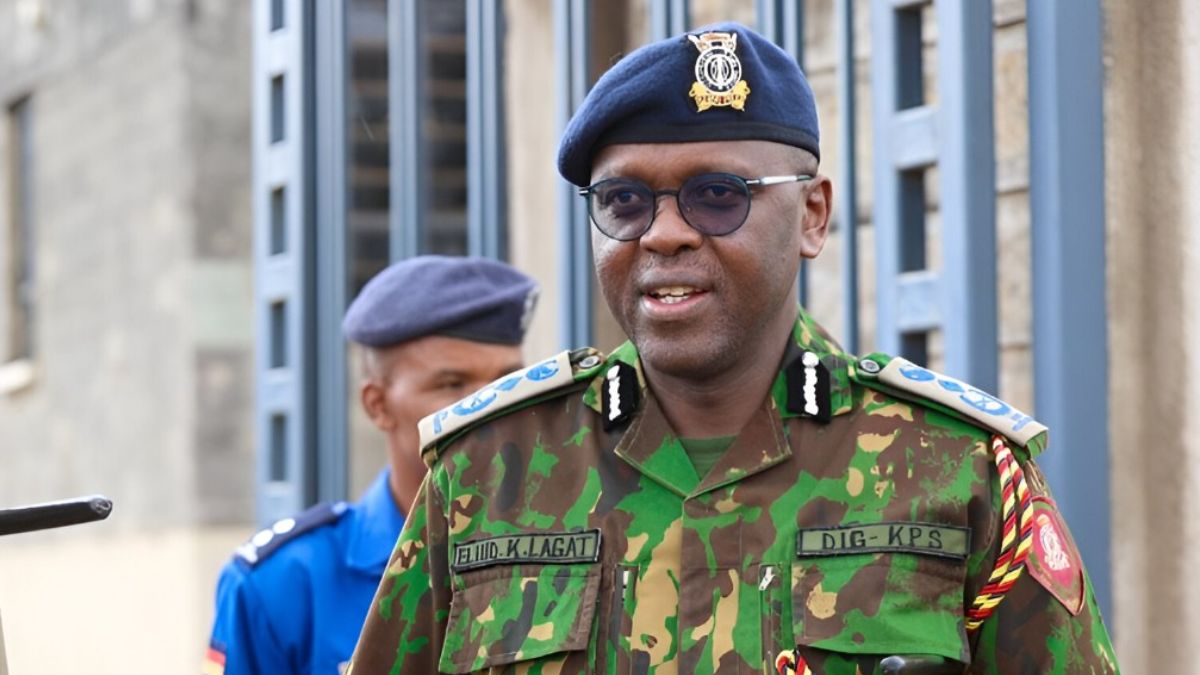Homa Bay governor Gladys Wanga sparked controversy during a public event attended by President William Ruto after making a bold remark directed at Deputy President Rigathi Gachagua.
Speaking before the President and a large audience, Wanga criticized Gachagua, stating, “Gachagua is quite useless, and he talks like a woman.” The comment, seemingly aimed at Gachagua’s outspoken and blunt communication style, quickly drew widespread attention and stirred debate across political and social circles.
Addressing the crowd in the President’s presence, Wanga criticized Gachagua, stating, “Gachagua is quite useless, and he talks like a woman.” Her comment, seemingly targeting the Deputy President’s outspoken nature, was widely interpreted as a jab at his frequent and blunt public statements.
Did you read this?
By likening his speech habits to what she referred to as a “woman’s mouth,” Wanga touched a nerve, as the comment was seen by some as both dismissive and laced with gender stereotypes.
Although a few in the crowd laughed, taking it as a joke, others were visibly unsettled by the tone and choice of words.
The setting—with President Ruto present—added weight to the moment, and it seemed to many like an intentional attempt to undermine or ridicule Gachagua in front of the Head of State.
Governor Wanga’s statement reflects a growing pattern in Kenya’s political scene, where leaders use strong language in public to express disagreement or gain attention.
While such exchanges are not new, they often lead to debate about respect, leadership, and appropriate conduct among public officials.
Public reaction to the remark has been mixed. While some defended Governor Wanga’s right to express herself freely, others condemned the statement as inappropriate and disrespectful.
Although political leaders have yet to issue formal responses, the comment has quickly become a hot topic in both political and social circles.
As the story continues to gain traction, questions remain about its impact on relations within the ruling coalition and what it reveals about the current tone of Kenya’s political landscape.

